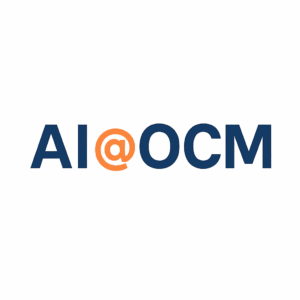In many organizations, the constant introduction of new initiatives, technologies, and process updates creates what is often referred to as “change fatigue.” Employees feel overwhelmed by the persistent demands for adaptation, which can lead to burnout, disengagement, and decreased job satisfaction. However, with a deliberate …











